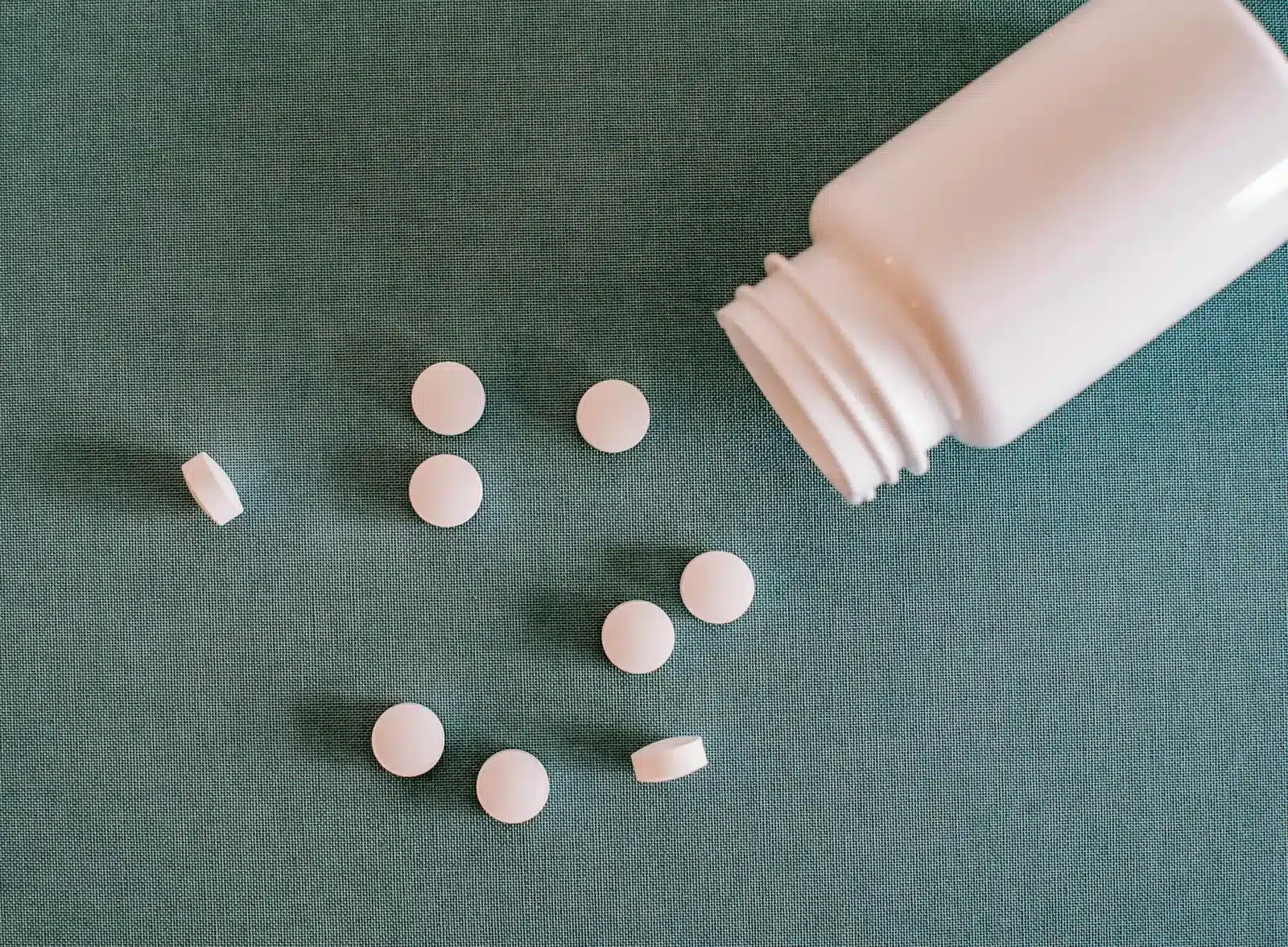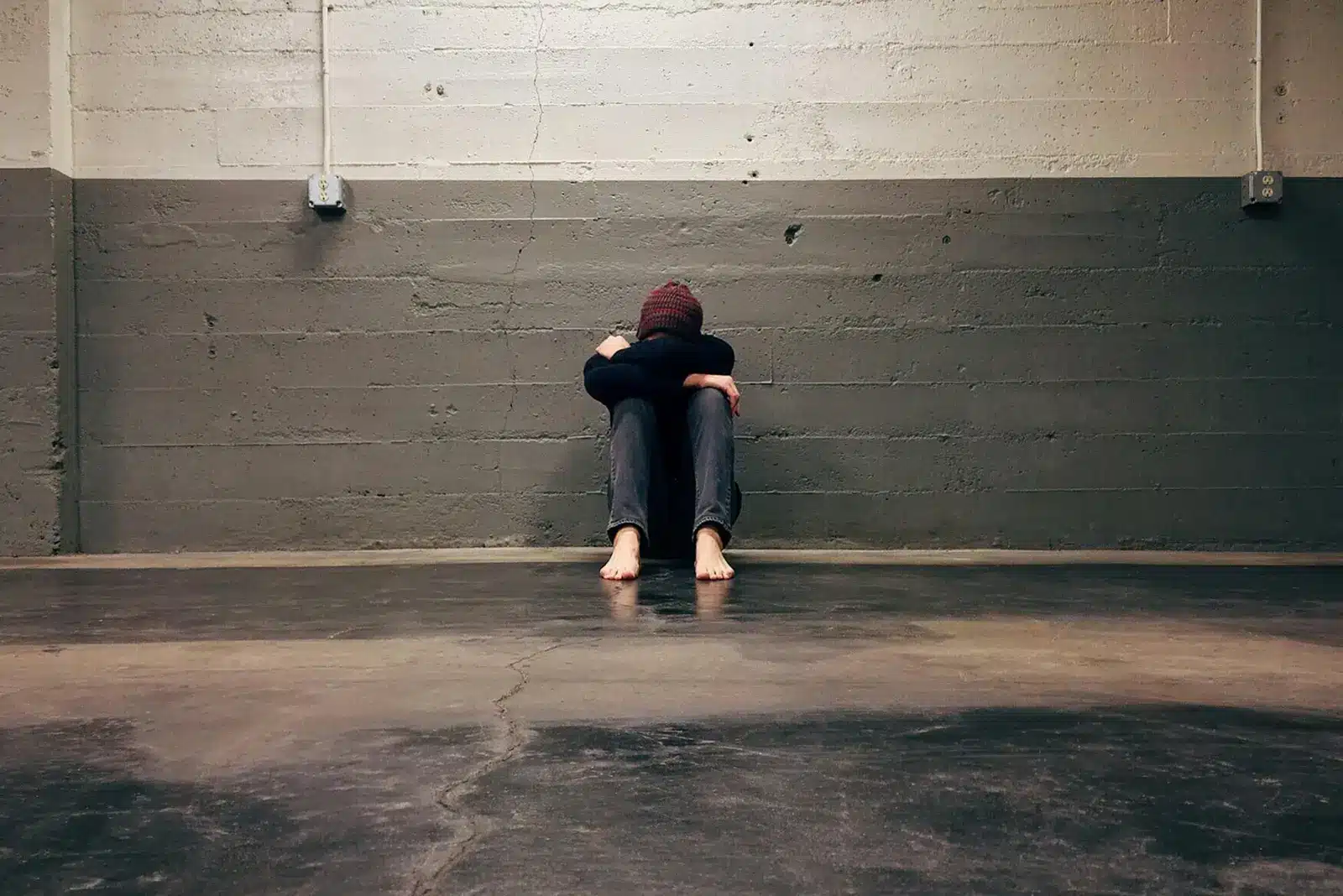Substances
Clonidine Withdrawal Symptoms, Management, and Treatment
Medically Reviewed By
Written By
Last medically reviewed January 27, 2025
Substances
Medically Reviewed By
Written By
Last medically reviewed January 27, 2025

Clonidine is a prescription antihypertensive medication that can be used in combination with other drugs to treat attention deficit hyperactivity disorder (ADHD), as well as menstrual pain, anxiety disorders, and drug withdrawal. It can be helpful for addiction treatment, but clonidine has the potential for dependence on its own.
If you use clonidine regularly, physical dependence develops, and you may experience withdrawal if you stop taking it suddenly. Learn more about clonidine withdrawal symptoms, management, and treatment options.
Clonidine is a medication that’s used to treat ADHD and other anxiety conditions. It’s also used for withdrawal treatment in addiction medicine to help with the symptoms of withdrawal from certain substances. It’s available in multiple forms, including brand names and generic versions.
Clonidine is part of the centrally acting alpha-agonist class of drugs. Clonidine works as a centrally acting alpha-agonist, primarily affecting the central nervous system by reducing sympathetic outflow, which may indirectly influence behavior, attention, and emotion.[1]
Clonidine can have several different effects on the body that can help with different conditions. It can lower the heart rate, which helps with anxiety and high blood pressure. It also relaxes the blood vessels and allows blood to flow more easily. Some short-term effects of clonidine include dizziness, drowsiness, constipation, and dry mouth.[2]
Clonidine can have a sedative effect, potentially impairing your ability to drive safely. Combining clonidine with other central nervous system depressants like opioids or alcohol may increase sedation and carry a risk of serious respiratory depression.[3]
Taking clonidine long-term can cause adverse effects like fatigue, fever, weakness, and headaches. Serious heart effects can occur, such as heart palpitations, congestive heart failure, and atrioventricular blockage.[4]
You can overdose on clonidine if you take more than your body can handle at once. Clonidine overdoses cause extreme blood pressure spikes and drops that can be dangerous, as well as severe depression of the central nervous system.
Some of the signs of clonidine overdose include:[5]
A clonidine overdose is a medical emergency. If you think someone is overdosing, call 911 immediately and wait until help arrives.
Prolonged use of clonidine can lead to physical dependence, but tolerance to its therapeutic effects is less common. Your body will become used to the presence of clonidine and need it to function. If you stop taking it suddenly, withdrawal can occur. Clonidine withdrawal can have dangerous effects, including possible hypertensive crisis.[6]
Other clonidine withdrawal symptoms include hallucinations, nausea, and vomiting.[7] You should never stop taking clonidine suddenly. Talk to your doctor about how to taper your dose safely.
You should never stop taking clonidine on your own because of the risk of dangerous withdrawal symptoms. A taper schedule may be necessary to reduce the risk of rebound hypertension symptoms and a hypertensive crisis. Talk to your doctor about how to stop taking clonidine safely.

Clonidine is used off-label in addiction treatment to manage symptoms of withdrawal from substances like opioids or nicotine. It can relieve symptoms like anxiety and agitation that are common with withdrawal.
Clonidine has a risk of physical dependence and abuse, however. Some people may abuse clonidine because it’s available and inexpensive. When clonidine is used as part of an addiction treatment plan, it’s carefully monitored to avoid abuse.
Whether you are dependent on clonidine or abusing it, clonidine withdrawal can be dangerous. You may need medical detox to manage withdrawal symptoms and ensure your health and taper schedule are monitored to prevent complications.
If rebound symptoms occur, you may experience a hypertensive crisis. A medical team in detox can respond quickly and stabilize you, reducing the risk of complications or death. Tapering also occurs in medical detox, reducing the severity of withdrawal symptoms and preventing complications.
Clonidine withdrawal can last weeks. If withdrawal symptoms appear, you may need your dosage increased again to relieve the symptoms, then tapered down to continue on the schedule.
If you abuse clonidine or are dependent, whether from a treatment program or drug misuse, detox is just the first step. You may need further treatment to understand the motivating factors behind your drug abuse.
Drug abuse treatment plans are individualized, but they often include a combination of individual therapy, group counseling, and behavioral therapies to understand your behavior and make healthier choices.
Clonidine is a helpful drug for addiction treatment and other medical treatments, but it has a potential for dependence and abuse on its own. Prolonged clonidine use can cause severe withdrawal symptoms, so you shouldn’t stop taking the drug on your own. Talk to your doctor about how to stop taking clonidine safely.
If you want to stop taking clonidine, you can’t just quit on your own. Clonidine needs to be tapered to prevent dangerous withdrawal symptoms like a life-threatening increase in blood pressure.
Clonidine can be safe when taken as prescribed, but all medications have risks. If you misuse or abuse clonidine, you have a higher risk of complications or adverse effects. Some of the intense side effects of clonidine include stomach pain, constipation, confusion, and hallucinations.
Clonidine acts on the central nervous system to relieve the symptoms of ADHD and withdrawal from drugs of abuse. However, it can cause symptoms like hallucinations, anxiety, and depression.
Clonidine can help with anxiety disorders caused by the overarousal of the central nervous system, such as ADHD or withdrawal anxiety. It’s not considered an anxiety treatment or medication, though.
Clonidine is not a controlled substance because it has a limited potential for abuse or dependence. You can become dependent on clonidine if you take it for long periods, but this isn’t the same as being addicted. There is some evidence that suggests clonidine addiction is possible, but it’s not common or established.
Xanax is a brand of alprazolam, a benzodiazepine medication. Though it has a similar name as other benzodiazepines, it’s not in the benzodiazepine class of drugs. Clonidine is a centrally acting alpha-agonist that reduces blood pressure by decreasing sympathetic nervous system activity.
[1] Yasaei, R. (2023, July 17). Clonidine. StatPearls [Internet]. Retrieved from https://www.ncbi.nlm.nih.gov/books/NBK459124/ on 2024, November 9.
[2,3,4] Clonidine: Uses, dosage, side effects, warnings. Drugs.com. (n.d.-a). Retrieved from https://www.drugs.com/clonidine.html on 2024, November 9.
[5] Manzon, L. (2023, June 26). Clonidine toxicity. StatPearls [Internet]. Retrieved from https://www.ncbi.nlm.nih.gov/books/NBK459374/ on 2024, November 9.
[6,7] Yasaei, R. (2023, July 17). Clonidine. StatPearls [Internet]. Retrieved from https://www.ncbi.nlm.nih.gov/books/NBK459124/ on 2024, November 9.